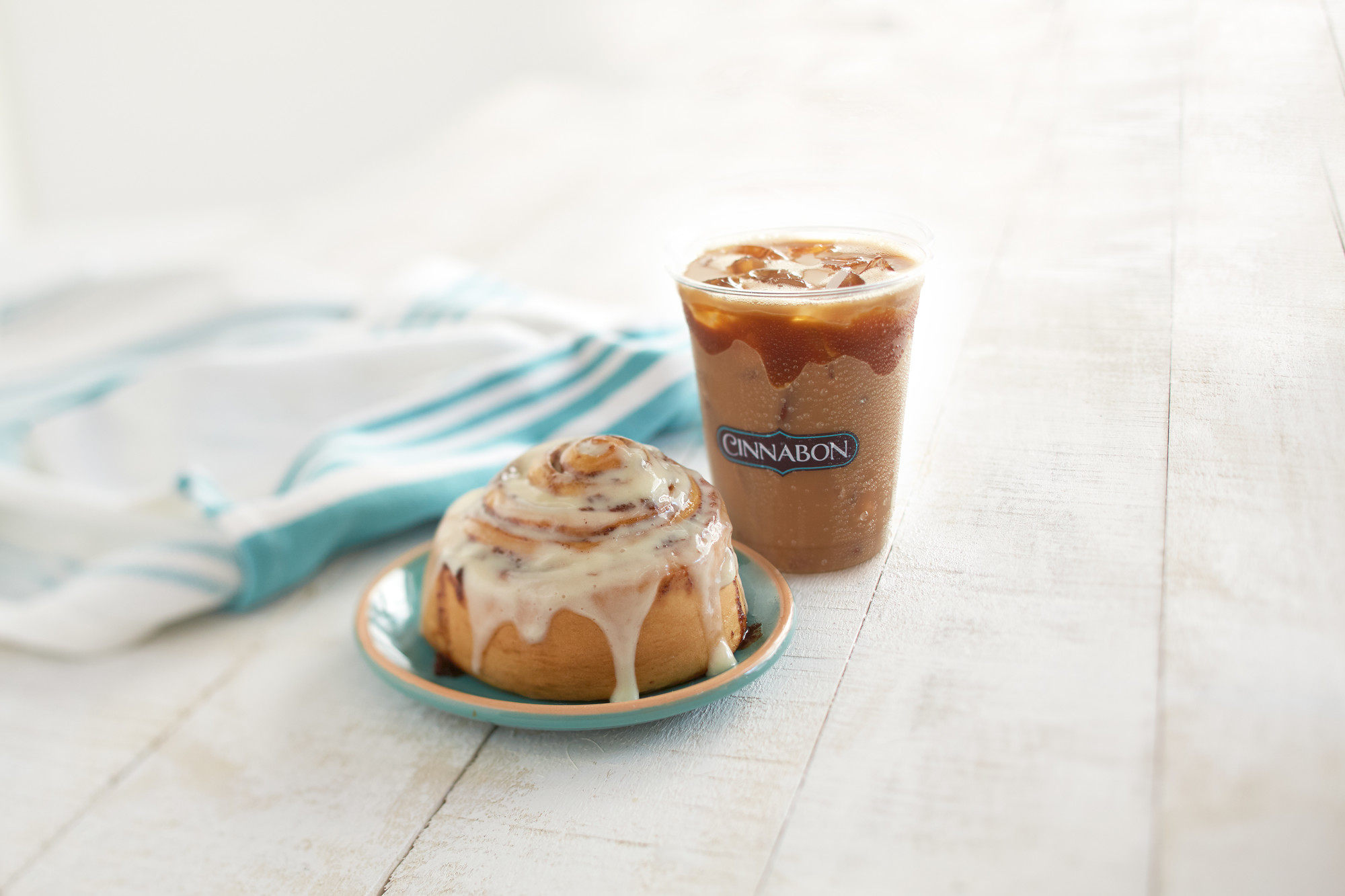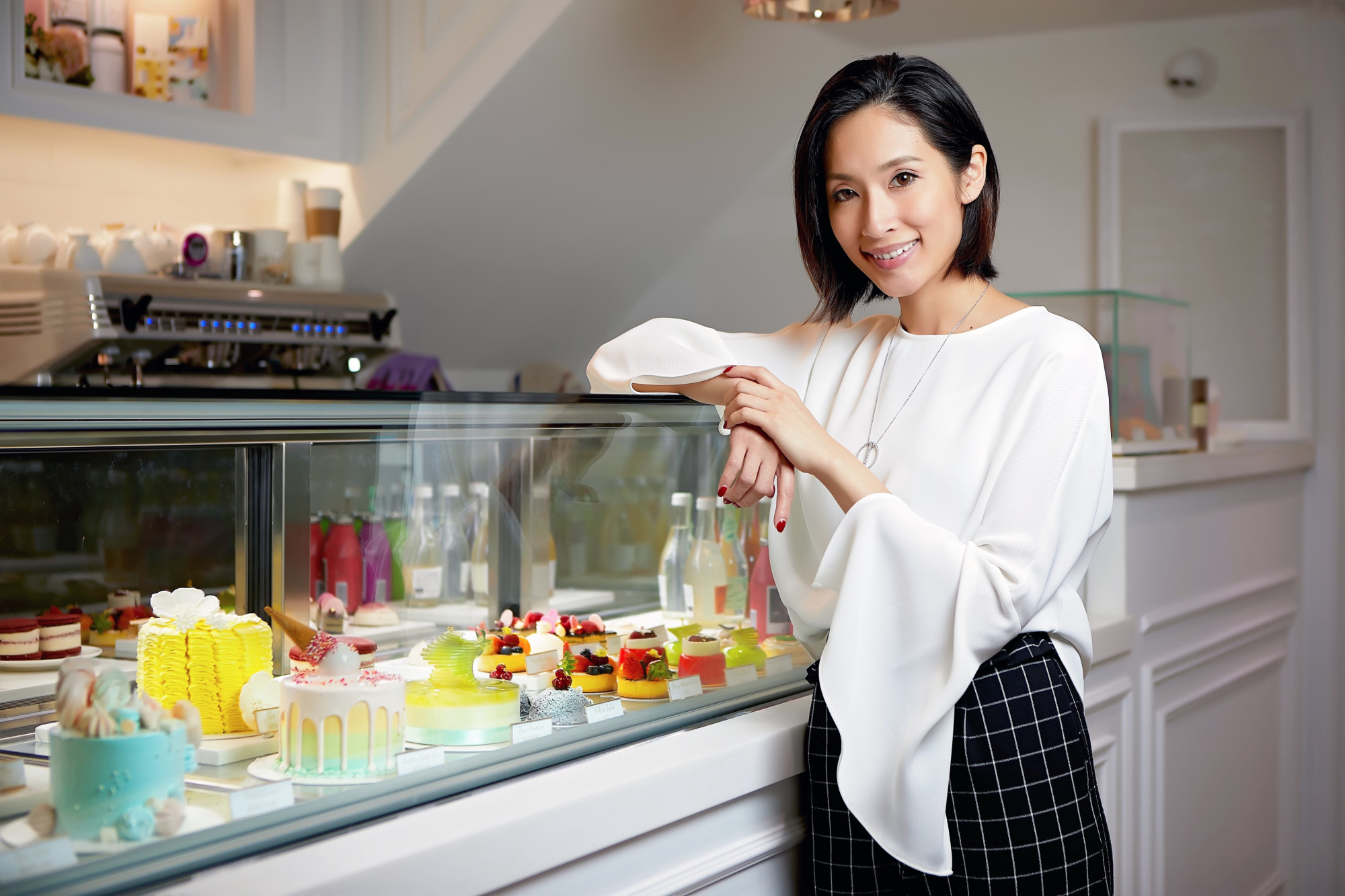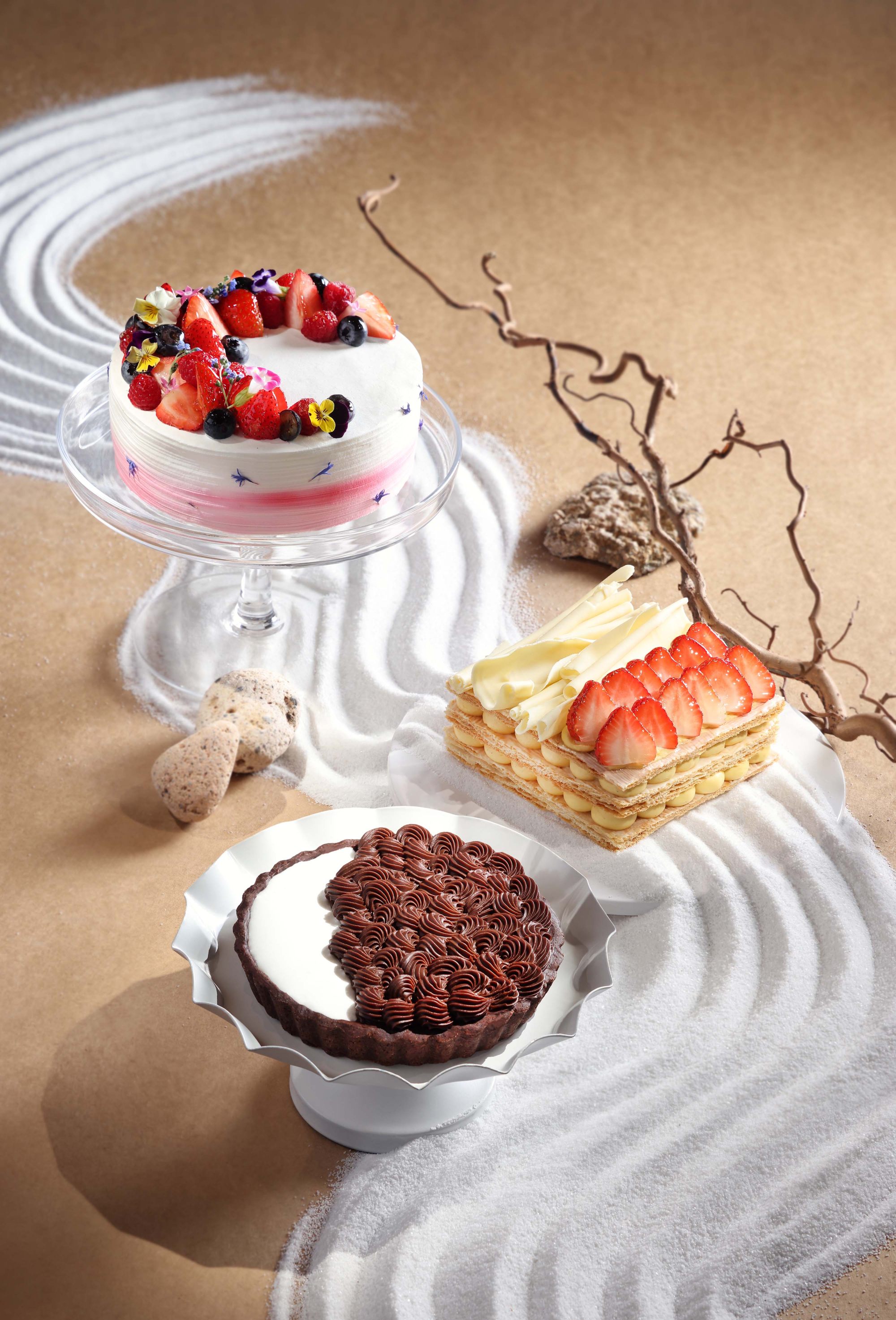Explainer / Why are the best desserts not sweet – according to the Hong Kong palate? Ancient Indians, Greeks and Romans craved sugar, but China used fruit ingredients to balance meals instead

The best compliment someone can give a dessert is that it isn’t sweet.
To many, this may sound like an oxymoron – but for a true pastry fiend, it’s a fact.
Let’s take a quick look at how sugar, the food that nobody needs but everyone craves, took over the world.
Sugar is native to and was first cultivated in New Guinea. By 6,000BC, sugar cane made its way by ship to the Philippines and India. Sugar was first refined in India, and the first description of a sugar mill can be found in an Indian text dating back to AD100.

The ancient Greeks and Romans learned about sugar from their visits to India. By AD600 knowledge of sugar was shared at Jundi Shapur, a university in Iran where the world’s scholars west of China congregated. Most importantly, it was through this institution that the methods for processing sugar cane into crystallised sugar were developed. The Arabs became masters of growing, refining and cooking with sugar, and as Ottoman armies moved into Egypt, Persia, India and the Mediterranean, they brought their knowledge of sugar with them.
Where to eat in Hong Kong in June, from Agora to Yat Tung Heen
During the Crusades, Europeans conquered Jerusalem and learned about sugar production, which was a profitable business in the city at the time. When the soldiers returned home, they brought sugar with them, sparking widespread demand across Europe. From here, sugar spread through the colonies along with the growth of slavery.
The intense labour required to grow and produce sugar in tropical climes made the industry synonymous with the slave trade. But due to the abolitionist movement, along with the invention of sugar derived from sugar beet production and the rise of the industrial age in the US, sugar cane production declined.
By the 1860s the largest and most technologically advanced sugar refinery in the world opened in Williamsburg, Brooklyn, New York. And at the turn of the century, in 1900, the American Sugar Refining Company (ASR) created the Domino Sugar brand to market all the sugar they produced under one name. By 1907, ASR controlled 97 per cent of all American sugar production.
Traditionally, desserts have been conspicuously absent not just from the Chinese diet, but also the diets of many Asian countries that maintained cultural and trading connections with China
And through all of this, we can see that the world’s most populous continent was ostensibly omitted from the conversation – Asia, and by default China.
Traditionally, desserts have been conspicuously absent not just from the Chinese diet, but also the diets of many Asian countries that maintained cultural and trading connections with China, where sweets also took a back seat.
Chinese desserts are of course sweet, but usually with less sugar content than those from the West. They also have a larger percentage of natural fruit ingredients and are served not only at the end of the meal and with tea, but also during meals, as an essential part of the ancient yin and yang philosophy of balance.

While sugar derived from sugar cane existed in China as early as the Eastern Jin dynasty (AD317 to AD420), it did not become a major player in the sugar trade until the late 1960s.
Inside Hong Kong’s new, modern wave of Chinese fine dining restaurants
“But we can’t take it down too much because it would start affecting the texture of the bun. I would say that one out of 10 customers, usually first-time buyers, ask us if we can reduce the icing. We try our best to accommodate but explain in detail that it would affect the gooey texture that is signature to the Cinnabon experience.”

Vivien Lau, founder and cake designer of Central’s Vive Cake Boutique, agrees, “Hongkongers do find desserts that are less sweet more appealing, including myself actually! Therefore, our cakes are tailored to the palates of our customers by lowering the sugar content yet maintaining the right balance of sweetness.”
Royal Delights, the pastry shop at Mong Kok’s Royal Plaza Hotel, has even created a line of “no additional sugar” desserts, which is proving to be a hit.
“A lot of people in this city started paying attention to their health, especially after the pandemic, and were requesting desserts that were less sweet. We started this line of no additional sugar cakes to fulfil that demand,” said Roy Chan Kai-chi, area executive pastry chef of Royal Plaza Hotels.

Then why eat desserts at all? We asked the bakers of Hong Kong why their concepts are so successful.
Top of the list: nostalgia. “Birthday cakes for me and my siblings every year since we were little!” said Lau when we asked what her favourite dessert memory was. “That definitely influenced me in starting Vive, as birthdays bring families together and cake is an important element of the occasion. Making beautiful birthday cakes becomes a meaningful thing to me as it brings so much happiness to people.”
The secret to a succulent steak tartare – according to top Hong Kong chefs
Bonnae Gokson, founder and owner of Sevva and Ms B’s Cakery, also recalls that family gatherings were the seed that grew into what is arguably the most illustrious patisserie in Hong Kong.
“I was raised in a large family where there were plenty of celebrations where guests and friends regularly visited us on the weekends. As far as I could remember, between our chef and my mother who loved cooking, we’ve always had both Western and Chinese dishes.

“I loved my mum’s home-made ice cream and cakes, and when I was away at an early age in Australia, excellent tasty fresh cream in toffee rolls was something I adored,” she says. “Yes, perhaps what I have created for my cakery was all inspired since childhood.”
Apart from that, there is also the aesthetic value of cakes. “I was the first in Hong Kong to develop sugar art and my philosophy was, why couldn’t there be a cake that’s aesthetically pleasing to the eye yet tastes good?” says Gokson.
“I hold great integrity with my work, am very meticulous in choosing the most premium produce for our brands, and still constantly learning and choosing new produce to improve everything.”
Will unsweet cakes always be a trend? Yang, who is looking to expand into a fourth location for Cinnabon, believes the tide may be turning. “If you think about it, Chinese people have always had sweet desserts – mooncakes are a great example. Cheesecakes weren’t popular at all when I was growing up but they’re available everywhere now. It’s just a matter of culture.”

- Sugar was not part of Hongkongers’ diet when they were growing up, says pastry chef Ringo Chan of Four Seasons Hong Kong, while the pandemic has made diners more health conscious
- Cinnabon cuts the sweetness in its desserts by 30 per cent for the Asian market, but Hong Kong bakers and patissiers think the tide may be turning against the low-sugar fad